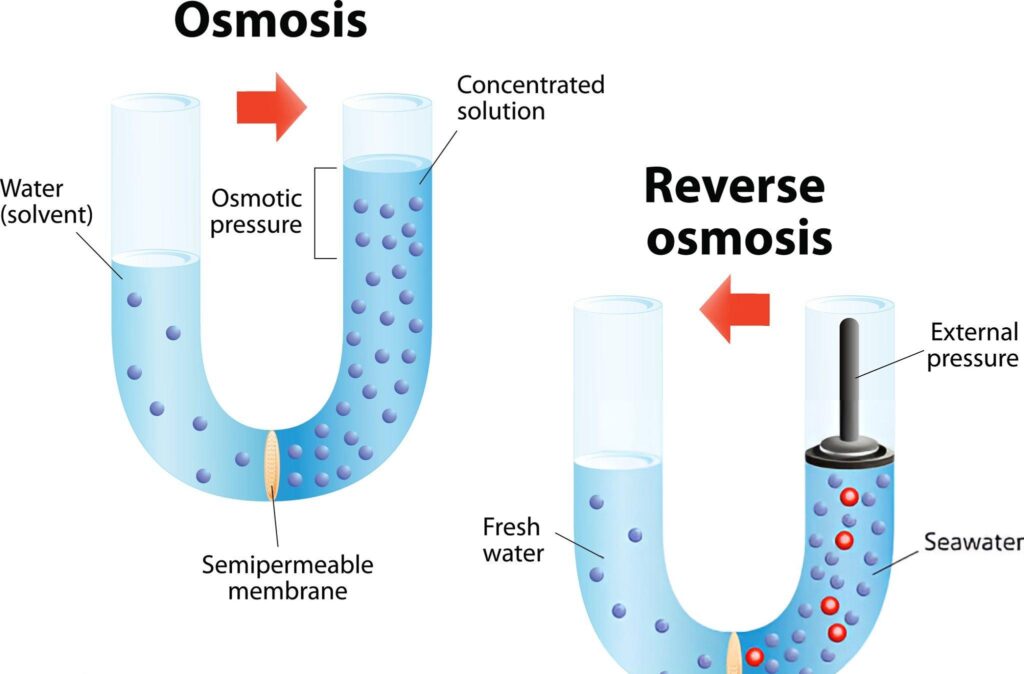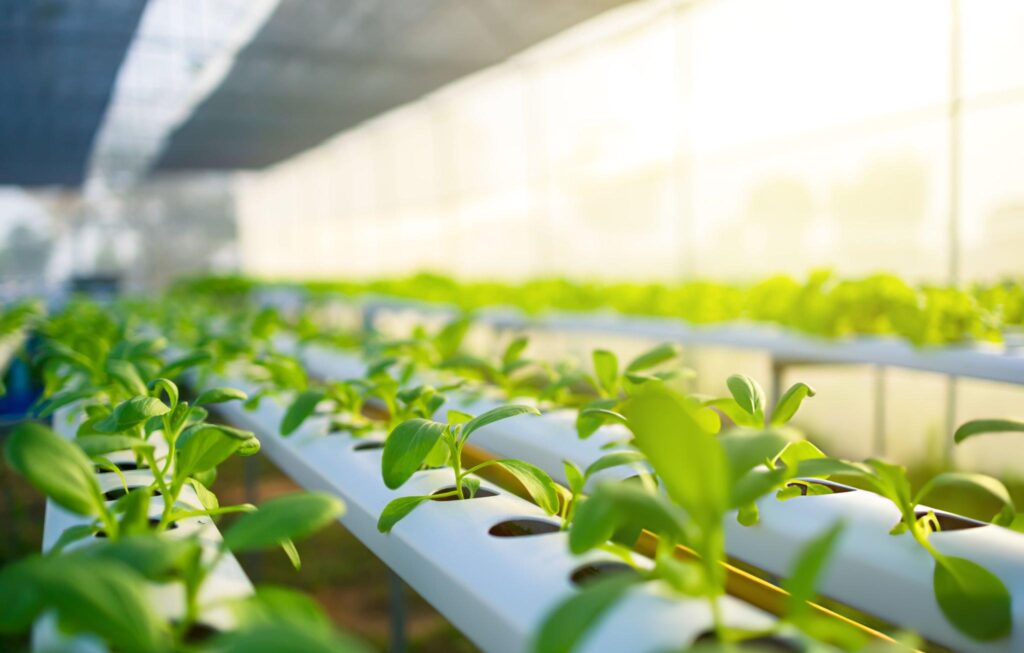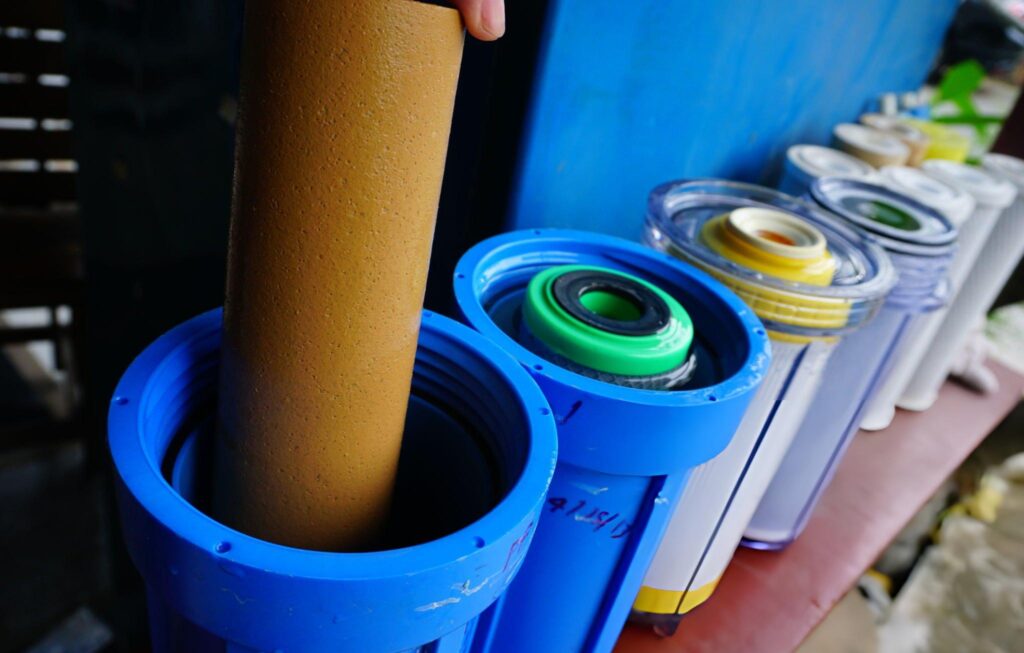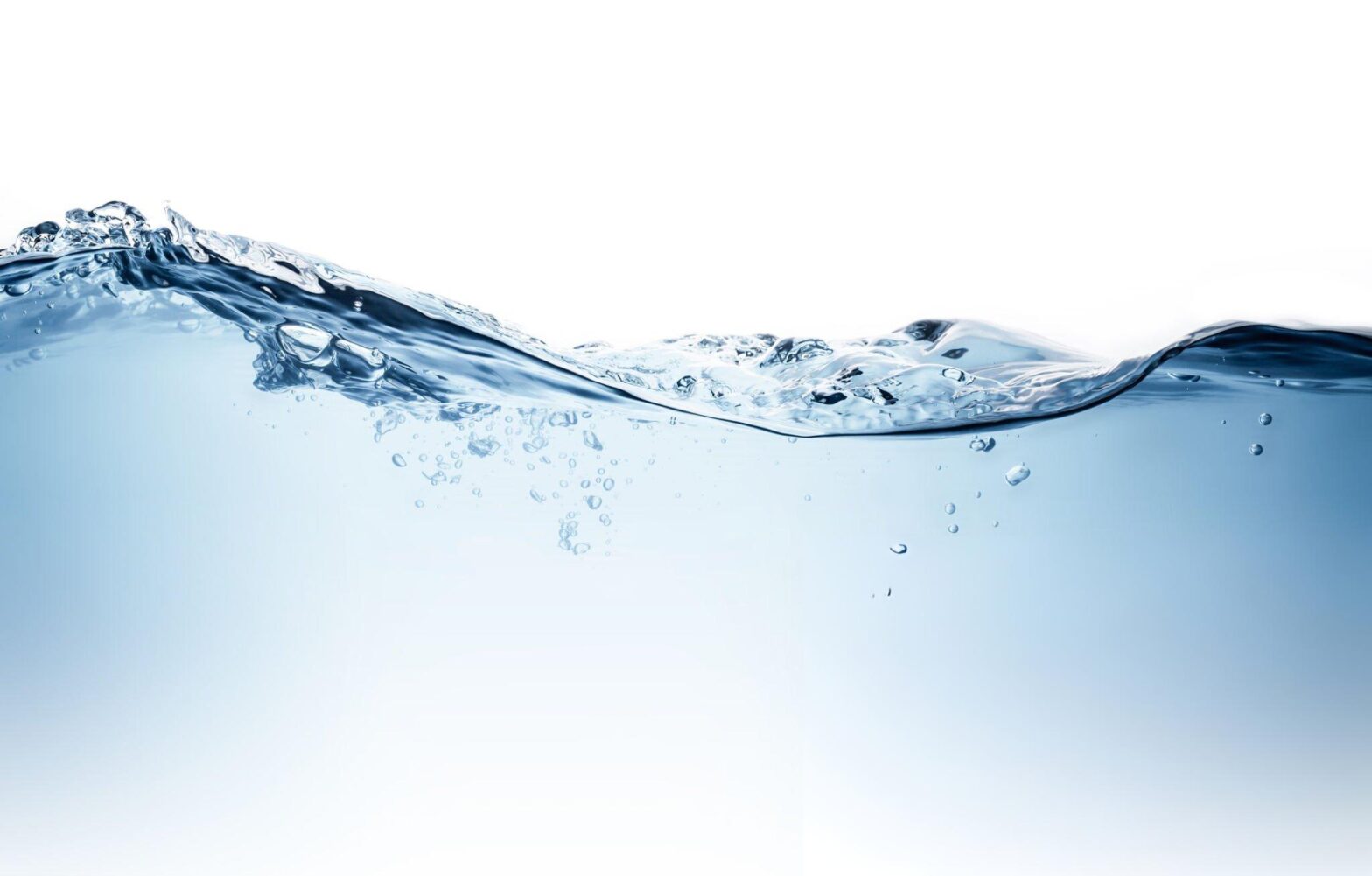Introduction
Water quality can make or break a hydroponic system. If your water source is loaded with minerals, chlorine, or bacteria, it can throw off nutrient balance, clog emitters, and hurt plant growth. That’s why many growers turn to reverse osmosis (RO) to get a clean, controlled water supply. Let’s dive into why RO is such a game-changer for hydroponics.

How Reverse Osmosis Works
RO filtration forces water through a semi-permeable membrane, stripping out contaminants as small as 0.0001 microns. This process removes excess salts, heavy metals, chlorine, and even bacteria, leaving you with nearly pure water. A typical RO system includes pre-filters, the membrane, and post-filters to ensure the highest water quality.
Key Advantages of Reverse Osmosis in Hydroponics
A. Provides a Pure, Contaminant-Free Water Source
Tap water often contains chlorine, fluoride, and heavy metals that can harm plants. RO removes up to 99% of these impurities, giving you a clean slate to build your nutrient solution from scratch. No more unexpected chemical reactions messing with your feed mix.
B. Ensures Precise Nutrient Formulation
When you start with purified water, you control exactly what minerals go into your nutrient solution. Hard water can introduce excess calcium and magnesium, which can lead to imbalanced nutrient uptake. With RO, you get consistent EC (electrical conductivity) and pH levels, which translates to healthier plants and predictable growth.

C. Prevents System Clogging and Biofilm Build-Up
Mineral deposits can clog irrigation lines, drippers, and sprayers, reducing system efficiency. RO removes these excess minerals, preventing buildup and reducing maintenance. It also helps prevent biofilm formation, which can harbor harmful bacteria and fungi in your system.
D. Improves Plant Health and Growth
Poor water quality can lead to nutrient lockout, where plants struggle to absorb essential elements. With RO water, you eliminate unwanted minerals that compete with your nutrient mix, ensuring optimal absorption. The result? Stronger roots, faster growth, and higher yields.

E. Cost-Effective and Scalable for Hydroponic Farms
RO systems require an initial investment, but they pay off by reducing plant losses, lowering the need for corrective additives, and extending equipment lifespan. Whether you’re running a small NFT setup or a commercial deep-water culture (DWC) system, RO can scale to meet your needs.
F. Environmentally Friendly Water Management
RO reduces the need for chemical treatments and produces cleaner wastewater. You can even integrate a wastewater recovery system to reuse filtered water, cutting down on waste and making your operation more sustainable.
Considerations and Best Practices for Hydroponic RO Systems
- Wastewater Management: RO produces some wastewater, but you can minimize this by using a high-efficiency system or repurposing wastewater for non-hydroponic uses.
- Reintroducing Essential Minerals: RO removes everything, including beneficial minerals. You may need to add calcium and magnesium back into your nutrient mix, especially if using soft water formulas.
- Routine Maintenance: Replace pre-filters and membranes as recommended to keep your system running efficiently. A neglected RO system can become a breeding ground for bacteria and reduce water quality.

Conclusion
Reverse osmosis is one of the best investments a hydroponic grower can make. It provides pure water, prevents system issues, and allows for precise nutrient control, all of which lead to healthier plants and better yields. If you want consistency and control over your hydroponic system, an RO setup is the way to go.
